Do you know the number one reason why people have conflict?
It’s miscommunication. Miscommunication can manifest in many ways, including not actively listening or understanding the other person’s perspective, not communicating clearly, and jumping to conclusions about the other person’s intentions or meaning. In addition, body language and tone can also contradict the spoken message, causing even more confusion.
Addressing miscommunication through clear, empathetic communication is critical to resolving conflicts and building stronger relationships. While empathy might seem like a superpower possessed only by a select few, the truth is that it’s a skill anyone can cultivate. Even if you believe you’re not naturally empathetic, there are practical steps you can take to navigate disagreements constructively and foster deeper connections.
Empathetic Communication: The Path to Constructive Solutions
At the heart of fixing any misunderstanding or disagreement lies active listening. It’s more than just hearing the words someone speaks; it involves genuinely trying to understand their perspective, feelings, and needs. When we actively listen, we create a safe space for open dialogue and show the other person that their thoughts and feelings matter, which also allows empathy to flow.
Approaching conflict with empathy shifts the focus from winning to finding solutions that work for everyone. This leads to de-escalation, increased understanding, stronger relationships, and collaborative problem-solving.
Even when emotions are running high, practising empathy and navigating conflict constructively is possible. If you think empathy doesn’t always come easily, especially during heated disagreements with practice, you can develop this crucial skill. Here are some methods and techniques to practice.
The first step is to pause and breathe. When tensions rise, take a moment to pause and collect your thoughts. Deep breaths can help calm your nervous system and create space for a more mindful response.
In any case avoid judgment. Focus on understanding the other persons point of view and not labelling their emotions or actions as right, wrong or overreacting. Recognise and validate the other person’s emotions and feelings, even if you disagree with their perspective. It will help to support the other person to pause and breath as well. Statements like “I understand you’re feeling frustrated” or “I can see this is upsetting for you” can go a long way in diffusing tension and building trust. It also helps to avoid blaming or accusing the other person and fosters a more collaborative atmosphere.
Take a moment to be curious and put yourself in their shoes. Imagine how the other person might be feeling. What are their concerns or motivations? Asking open-ended questions so that you can gain a better understanfing of the other persons perspective will help you to be more empathetic.
Once you have done this finding common ground will become easier. Look for areas of agreement or shared goals. Even amid disagreement, there are often points of connection that can serve as a foundation for finding solutions.
Conflict is an inevitable part of life, but it doesn’t have to be destructive. Empathy is a muscle that grows stronger with use. Even if you don’t consider yourself naturally empathetic, you can still learn to navigate disagreements with grace and understanding. By practising active listening, putting yourself in the other person’s shoes, and communicating with compassion, you can transform conflict into an opportunity for connection and growth.
Ready to turn conflict into connection? Gain the competitive advantage of courageous conversations and clear communication.
Build better working relationships quickly through effective communication. It starts with mastering those “hard to have” conversations.
Take a look at our ebook which gives you ten powerful tips for Courageous Conversations, including:
- The simplest way to use communication for stronger relationships
- How to listen for true meaning, not just agreement
- Techniques to ensure your message is understood
Fill in your details using the link below and unlock the power of courageous conversations today!
https://athenaleadershipacademy.com.au/courageous-conversations-2


